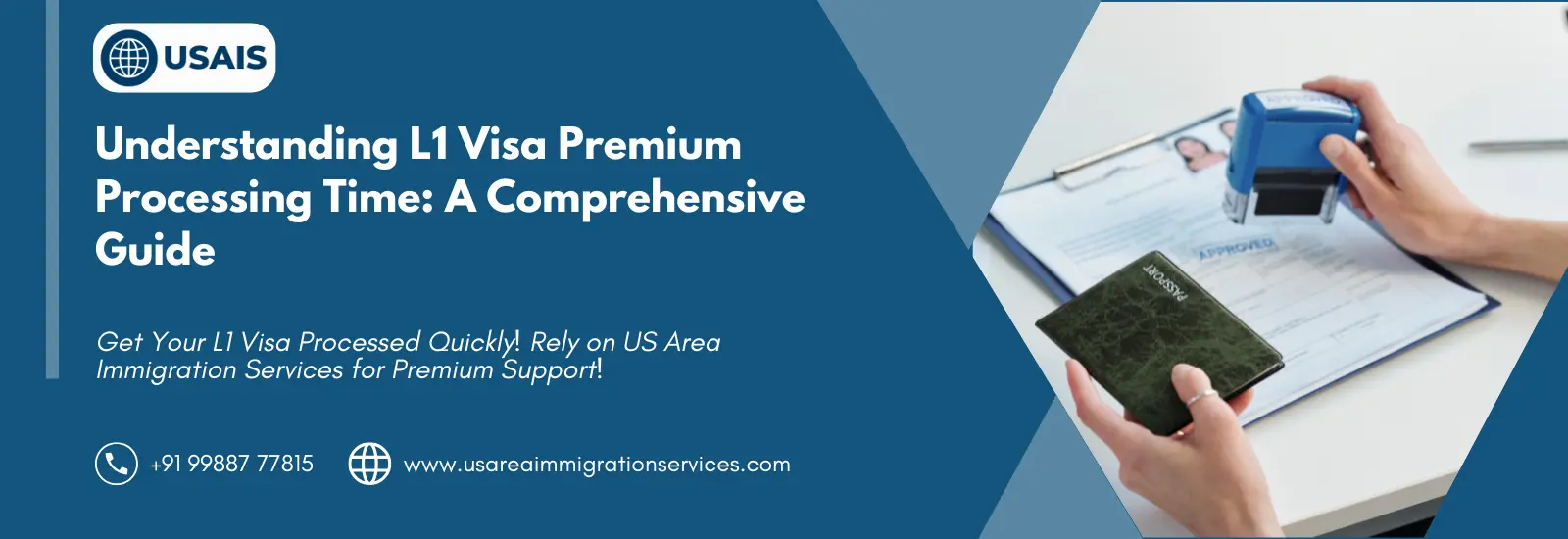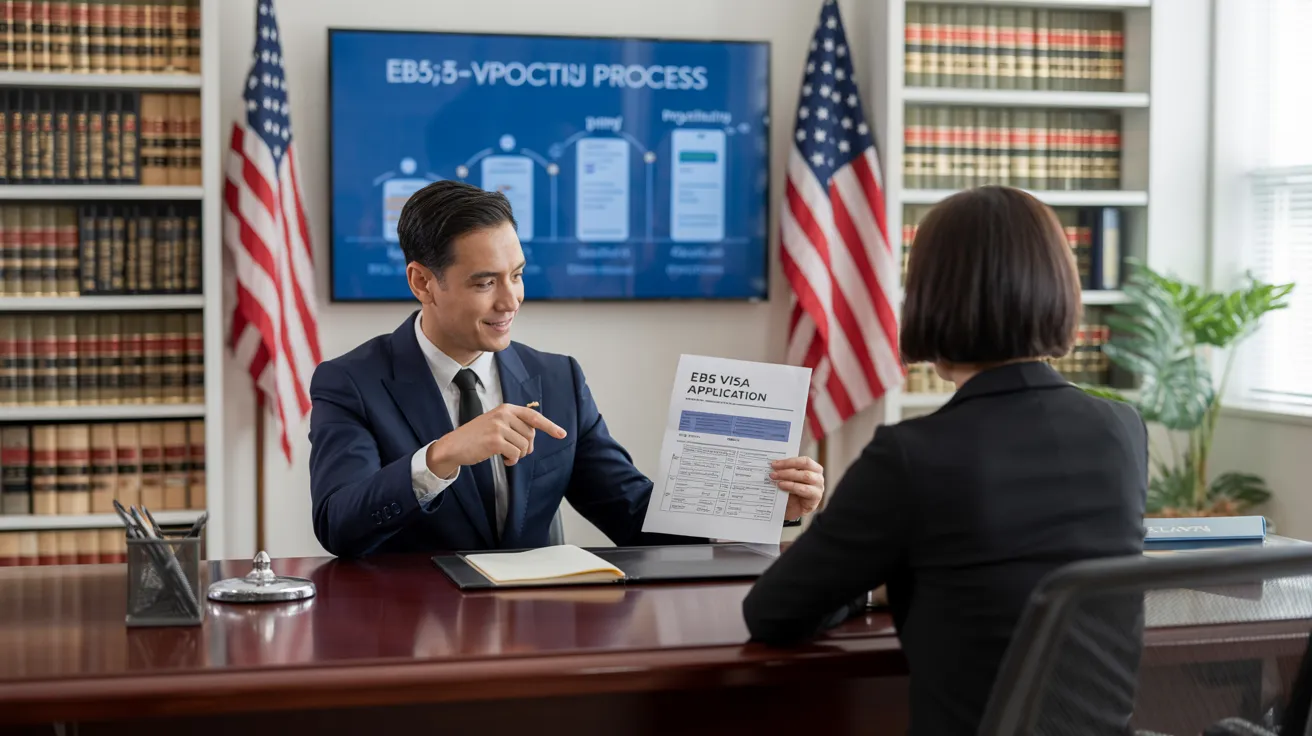Get L1 Visa
7 Simple Techniques For L1 Visa
Table of ContentsThe 3-Minute Rule for L1 VisaFacts About L1 Visa UncoveredThe Main Principles Of L1 Visa An Unbiased View of L1 VisaThe Facts About L1 Visa RevealedFacts About L1 Visa Uncovered
Offered from ProQuest Dissertations & Theses Global; Social Scientific Research Premium Collection. DHS Workplace of the Examiner General. Obtained 2023-03-26.
United State Department of State. Gotten 2023-02-08. Tamen, Joan Fleischer (August 10, 2013).
The 5-Second Trick For L1 Visa
In order to be qualified for the L-1 visa, the foreign business abroad where the Recipient was used and the U.S. company need to have a qualifying partnership at the time of the transfer. The various kinds of certifying connections are: 1.
Instance 1: Firm A is integrated in France and employs the Beneficiary. Company B is integrated in the united state and wishes to petition the Recipient. Business A possesses 100% of the shares of Firm B.Company A is the Parent and Company B is a subsidiary. Consequently there is a certifying connection in between both companies and Business B ought to be able to fund the Recipient.
Example 2: Firm A is incorporated in the united state and wants to seek the Recipient. Business B is incorporated in Indonesia and uses the Beneficiary. Company An owns 40% of Firm B. The staying 60% is had and controlled by Business C, which has no connection to Company A.Since Company A and B do not have a parent-subsidiary connection, Company A can not sponsor the Beneficiary for L-1.
Instance 3: Business A is integrated in the U.S. and desires to petition the Recipient. Business B is included in Indonesia and utilizes the Recipient. Firm A possesses 40% of Business B. The continuing to be 60% is owned by Business C, which has no connection to Business A. Nevertheless, Firm A, by formal contract, controls and full handles Business B.Since Business A possesses much less than 50% of Firm B yet handles and regulates the firm, there is a certifying parent-subsidiary connection and Firm A can sponsor the Beneficiary for L-1.
Get This Report on L1 Visa
Affiliate: An affiliate is 1 of 2 subsidiaries thar are both possessed and regulated by the exact same moms and dad or person, or owned and managed by the exact same team of people, in primarily the exact same proportions. a. Instance 1: Company A is included in Ghana and utilizes the Recipient. Firm B is integrated in the united state
Company C, likewise included in Ghana, has 100% of Firm A and 100% of Firm B.Therefore, Company A and Company B are "affiliates" or sister firms and a certifying partnership exists between the 2 companies. Firm B should be able to sponsor the Recipient. b. Instance 2: Firm A is integrated in the U.S.
Business A is 60% had by Mrs. Smith, 20% possessed by Mr. Doe, and 20% had by Ms. Brown. Business B is integrated in Colombia and presently employs the Recipient. Business B is 65% had by Mrs. Smith, 15% had by Mr. Doe, and 20% owned by Ms. Brown. Business A and Firm B are affiliates and have a certifying connection in two different ways: Mrs.
The L-1 visa is an employment-based visa category developed by Congress in 1970, permitting international companies to move their managers, execs, or crucial workers to their united state procedures. It is commonly described as contact us the intracompany transferee visa. There are two major kinds of L-1 visas: L-1A and L-1B. These kinds appropriate for staff members employed in different contact us settings within a business.

Furthermore, the recipient needs to have operated in a supervisory, exec, or specialized worker setting for one year within the 3 years preceding the L-1A application in the foreign business. For new office applications, foreign employment needs to have remained in a managerial or executive capacity if the beneficiary is coming to the United States to function as a manager or executive.
The smart Trick of L1 Visa That Nobody is Discussing

If granted for an U.S. firm functional for greater than one year, the preliminary L-1B visa is for as much as 3 years and can be extended for an additional two years (L1 Visa). Conversely, if the united state business is freshly established or has been functional for much less than one year, the first L-1B visa is provided for one year, with extensions available in two-year increments
The L-1 visa is an employment-based visa group developed by Congress in 1970, permitting international firms to transfer their supervisors, execs, or essential employees to their U.S. procedures. It is generally referred to as the intracompany transferee visa. There are 2 major kinds of L-1 visas: L-1A and L-1B. These types are ideal for workers worked with in various settings within a business.
The Buzz on L1 Visa
Additionally, the recipient should have operated in a managerial, executive, or specialized employee placement for one year within the 3 years coming before the L-1A application in the international company. For new office applications, international work needs to have remained in a supervisory or executive capacity if the beneficiary is involving the USA to function as a supervisor or executive.
for up to seven explore your L1 Visa years to manage the operations of the U.S. associate as an exec or supervisor. If provided for a united state firm that has been operational for greater than one year, the L-1A visa is at first approved for as much as 3 years and can be expanded in two-year increments.
If given for an U.S. company functional for greater than one year, the preliminary L-1B visa is for approximately three years and can be prolonged for an additional two years. Alternatively, if the U.S. business is newly developed or has been operational for much less than one year, the preliminary L-1B visa is released for one year, with expansions readily available in two-year increments.